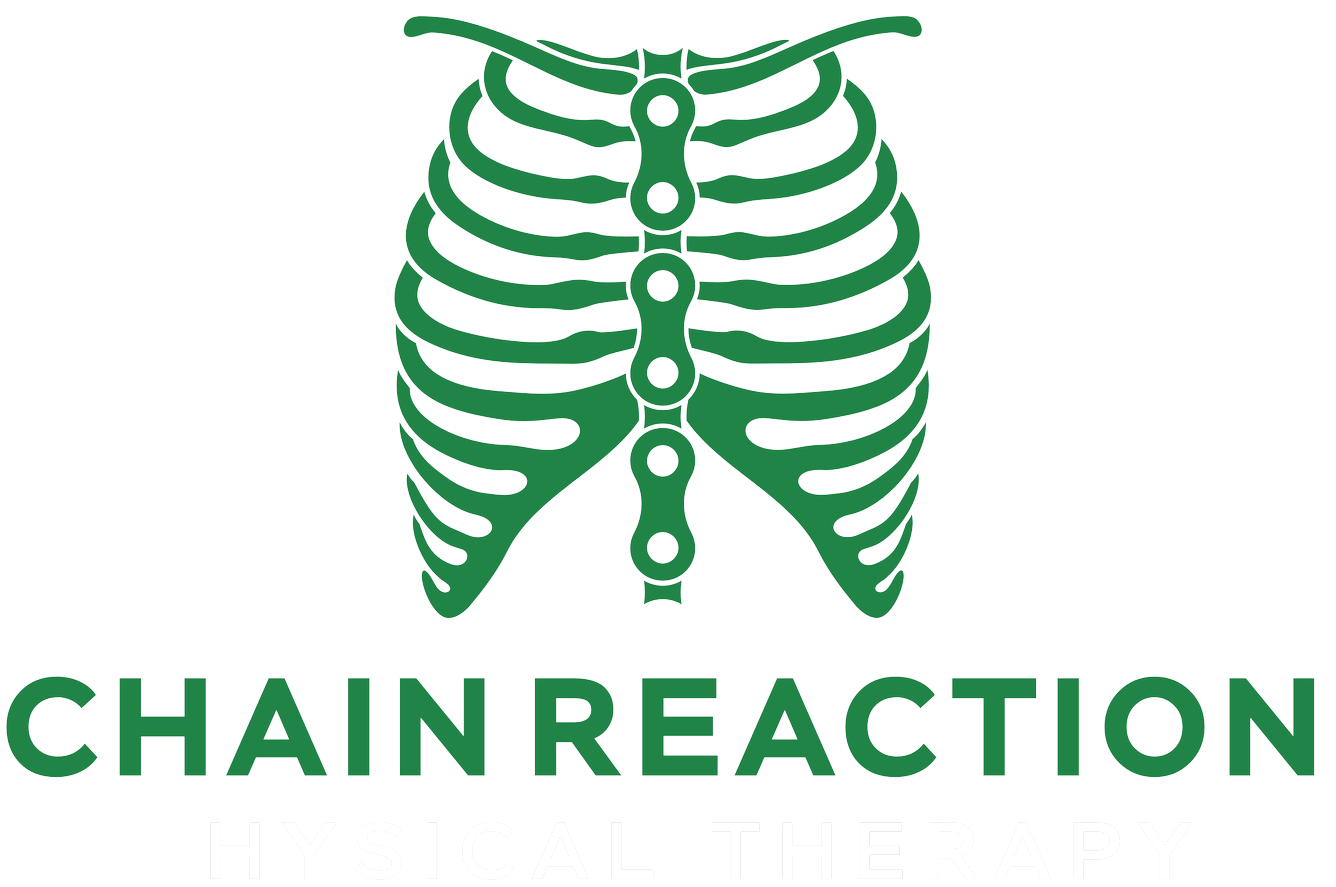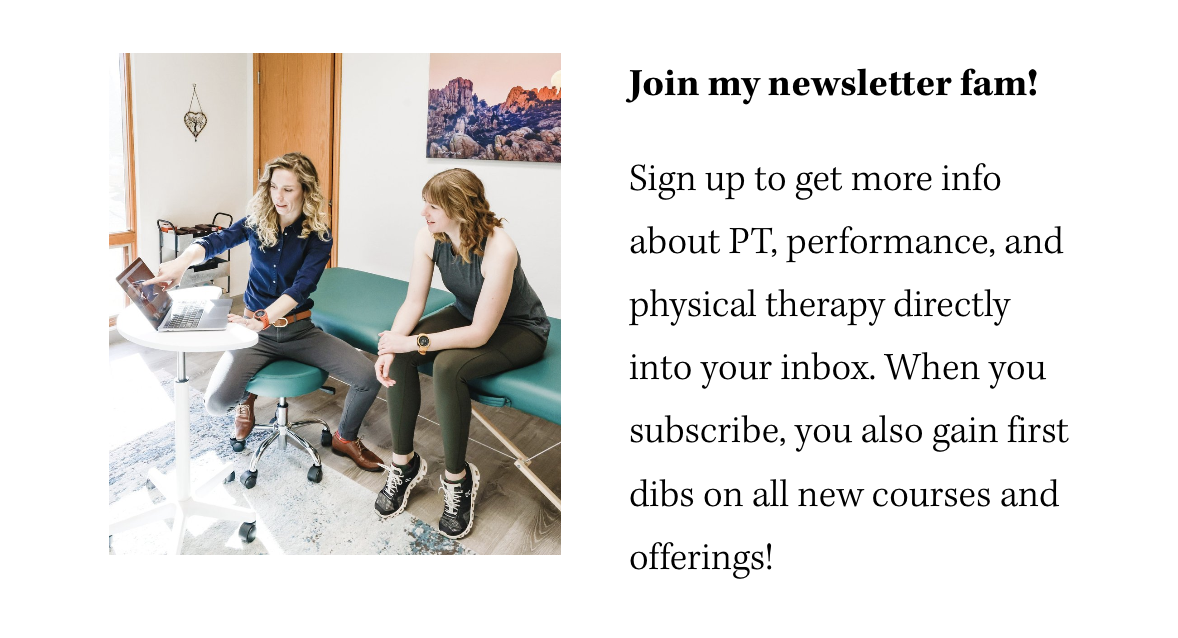How To Prevent Neck and Back Pain While Driving This Summer
It’s summer! And for most people, that means road trips and travel! That can also mean spending hours in one position behind the wheel of your RV, truck, or overlanding vehicle. All of the above can result in cranky necks and backs. A lot of my patients are people who like to take their RVs out into the wilderness for a few days, or go overlanding and exploring in the deserts of the Southwest. They often times spend hours driving to the destination, or off-roading to find the perfect campsite away from humanity. Here are some tips on how to stay loose and prevent back and neck pain while driving around our beautiful country. Because no one wants to get out of the car at their destination and be in so much pain or discomfort that they’re not be able to explore or enjoy the reason they made the trip in the first place!
Before You Drive
No one is expecting you to maintain perfect posture for hours on end. But there are some ways to set up your seat in your car, truck, or RV to make sitting in a more ergonomic position as comfortable as possible.
Your seat back should be around 100 degrees. None of us can sit straight up and down in a perfect 90 degree angle. Slightly reclining your chair supports your back while still allowing you to keep your spine in a fairly neutral position.
Position your headrest so that there is a half of an inch to an inch of room from your back of the head to the headrest. This allows you some support if your neck gets tired, without pushing your head forward while driving.
Your knees should be at or slightly below your hips. In older car seats, it can be easy to sag into the seat, causing your knees to rise above your hips. This lengthens the muscles in your butt and can cause tension into the low back. Conversely, if your seat is too high, it can cause you to feel like you’re constantly pushing yourself back, creating fatigue in your legs and back.
The top of your steering wheel should centered at the end of your sternum. This allows your shoulders to stay in a fairly neutral position. The steering wheel should also be far enough away that your arms have a slight bend in them.
While Driving
Take breaks. We all want to get to our destination, but our bodies are meant to move! If you’re starting to feel stiff, make sure you get out and stretch your legs for a little bit, every few hours.
Perform little movements in the car, like shoulder squeezes.
Use cruise control. Using cruise control allows you to keep your feet and hips in a more neutral position, since you don’t have to reach your right foot to the gas and brake. (it can also help with fuel efficiency!)
I’m not going to make a recommendation regarding how far from the dash or steering wheel you should be, as that is a parameter that is very specific to the proportions of your body. I’m built like a t-rex (all torse, no legs or arms) so I sit fairly close to the steering wheel so that I’m not rounding my upper back to reach it. My fiancé, on the other hand, is all legs and therefore drives with his seat so far back that I can’t touch the pedals when I get in his car far enough back so that his knees aren’t bent at over a 90 degree angle when he drives.
All of the above are general recommendations for the general population for how you should generally position yourself in your car. If they don’t work for you, that’s because every human body is different! If you feel like you could use some more expertise when it comes to solving your neck or back pain while driving so that you can enjoy your travel this summer, drop me a line here so we can talk!


